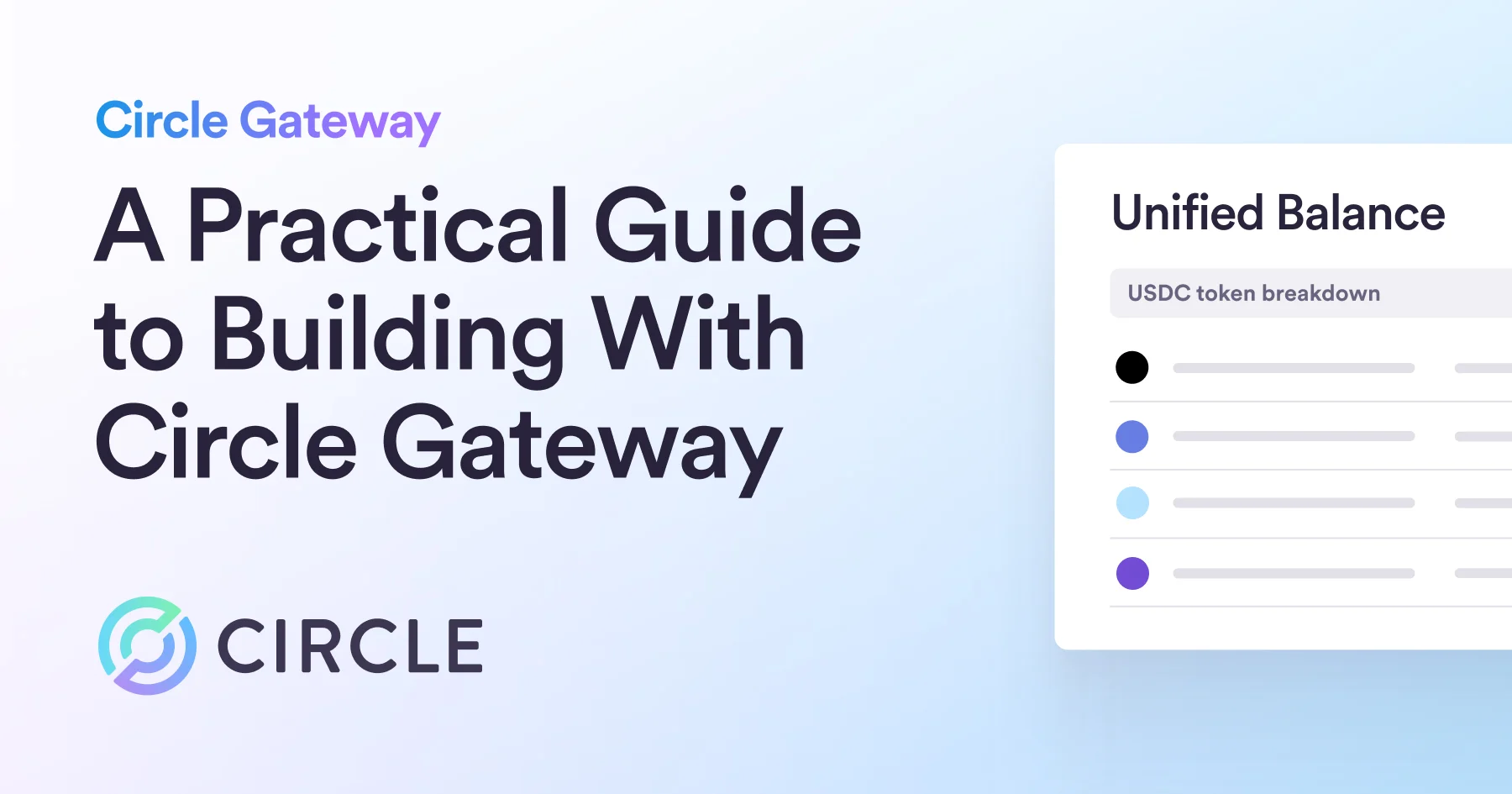Explore and test Circle’s Programmable Wallets API which is ideal for developers who are seeking to seamlessly deploy and manage blockchain-based wallets

Circle’s Web3 Services tools, such as Programmable Wallets, provide developers with intuitive, versatile infrastructure that’s easy to integrate. Today, we’re excited to share that we’ve made this developer experience even easier with the launch of our Programmable Wallets Postman Collection!
Postman enables developers, regardless of their experience level, to test out and familiarize themselves with various API endpoints. Below, we’ll walk through the steps that it takes to create a Developer-Controlled Wallet using the new Postman collection. It’ll only take a few clicks!
Before We Begin
I’ve started by following the steps listed here to ensure my Postman collection is properly set up. This includes forking the collection to my workspace, then entering my API key and encoded entity secret into the fields shown below.
To complete this step, I’ll fetch my entity public key. This one-time action will enable the pre-request and test scripts to run properly, dynamically updating all of the variables I need to successfully run these API calls.
Creating a Wallet
In this example, I’ll be creating a Developer-Controlled Wallet, so the first thing I need to do is create a wallet set. There are already variables in here that take care of the idempotency key and the entity secret ciphertext, so I can just enter a name for my wallet set and click send.
Next I’ll create the wallet itself. Once again, idempotency key and entity secret ciphertext are automatically generated by the included scripts. Additionally, the variable for wallet set ID allows me to associate this wallet with the set I just created. The only things I need to specify are the names and blockchains.
(**Important Update:** Please note that Ethereum has stopped supporting the Goerli testnet environment. To ensure smooth API integration, kindly replace the `ETH-GOERLI` with `ETH-SEPOLIA` in your API requests.)
And that’s all there is to it. With a few simple steps, I’ve just created a live blockchain wallet that’s compatible with multiple testnets. Postman allowed me to use Circle’s Web3 Services APIs without writing a single line of code!
What’s Next?
Now that you’ve created one wallet (and can quickly create more), you can experiment with the rest of our Programmable Wallets APIs. Once you’ve funded your wallet with testnet tokens, you can send a transfer or view your balances. You could also follow a similar flow with user-controlled wallets.
As for Circle, our team will continue to provide a best-in-class developer experience across all of our products. We look forward to building and sharing more tools as we roll out our Web3 Services suite, including more Postman collections!
As we grow our library of developer resources, please don’t hesitate to reach out to us in our Discord. Additionally, you can connect with us on X (formerly Twitter) @BuildOnCircle or find me on LinkedIn. We’d love to hear from you and we can’t wait to see what you build.
*Programmable Wallets application programming interface (“API”) is offered by Circle Technology Services, LLC (“CTS”). CTS is not a regulated financial services company and the API does not include financial, investment, tax, legal, regulatory, accounting, business, or other advice. For additional details, please see Circle's Developer terms of service.






